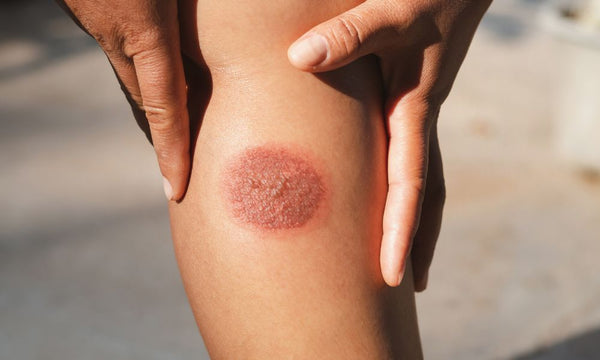
What Everyone Should Know About Burn Injuries
It’s important to prepare for anything in life. While it’s impossible to know everything, one thing more people should be knowledgeable about is burn injuries. While these unfortunate accidents aren’t overly common, they can cause a lot of unnecessary harm if you don’t handle them properly. We will uncover what everyone should know about burn injuries in the following sections, drawing from medical insights and practical wisdom that can save your skin and possibly your life.
Types of Burn Injuries
However, we must understand the different types of burns, which are first-degree, second-degree, and third-degree, before we can learn how to treat them. Touching hot surfaces, steam, or fire falls under the first-degree burn category, bringing forth reddening of the skin like a sunburn. It’s painful but treatable with basic first aid.
Second-degree burns are very painful and happen when the skin encounters hot liquids, flames, or chemicals, causing the skin to blister and swell. The third, most severe type is a catastrophic event for the skin. The hazardous material the skin encounters leaves it charred and the affected area looking white and leathery and feeling numb. The patient could even go into shock from the damage to the nerve endings and tissues.
Immediate First Aid for Burn Injuries
The key to treating any type of burn is to move swiftly into action after it occurs. The first few moments after the accident are critical since you must stop the burning. Immediately run cool water over the burn for no longer than 15 minutes and gently cover the injury with a clean cloth or sterile bandage to start the healing process. Ensure you have a first aid kit and supplies on standby to treat the burns. Try not to panic during this time, as doing so can worsen the situation. Stay calm. Keep the injured individual calm. Breathe, and then act.
Long-Term Effects of Burn Injuries
Outside of knowing how to handle a burn, what everyone should know about burn injuries is the long-term effects. The scars of an extreme burn, both visible and hidden, can last a lifetime. A burn victim may undergo reconstructive surgeries, battle infections, and live with disfigurement or disability. The emotional trauma also lingers as anxiety and depression often pave the road to recovery. Therefore, the treatment following a burn injury is not just about the physical damage—it’s about the person’s mental well-being, so you’ll want to make sure you don’t ignore this aspect of it.
Prevention of Burn Injuries
The best way to keep yourself safe is to do your best to prevent burn injuries from happening in the first place. Some of the best ways to do this are by checking potentially faulty electricals, being cautious with candles, and teaching children about stove safety. Knowing that the fire exists, understanding the mechanisms of fire extinguishers, and, most importantly, do not underestimate a fire’s capability to cause damage. The chances of getting burned will decrease significantly if you do these things.

